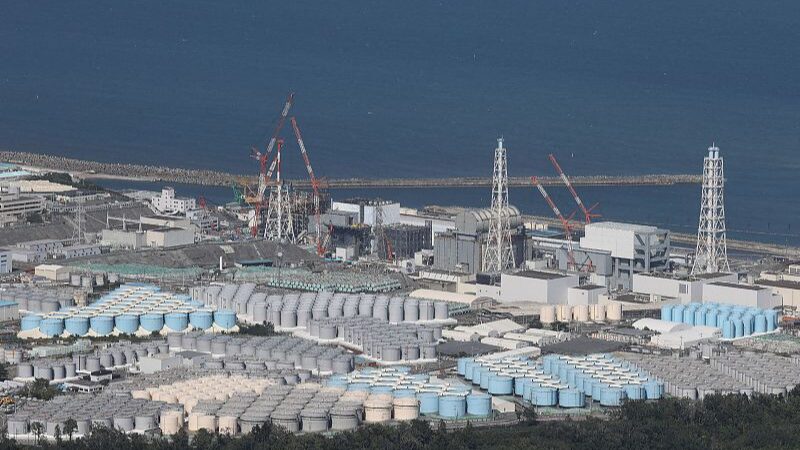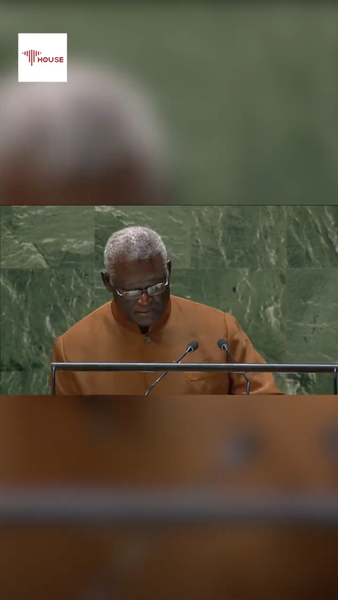Japan’s Latest Nuclear Water Discharge Sparks Fresh Outcry
Japan began its ninth round of releasing treated wastewater from the Fukushima Daiichi Nuclear Power Plant into the Pacific Ocean on Thursday, despite ongoing protests from local communities and international critics. 🌏 The release, totaling 7,800 tonnes, mirrors previous operations and will continue through October 14.
The move reignites debates over the plant’s safety since the 2011 disaster, when a 9.0-magnitude earthquake and tsunami triggered meltdowns, marking the worst nuclear accident since Chernobyl. Over a decade later, storage tanks at the site still hold massive amounts of water contaminated during efforts to cool the reactors.
While Japan insists the water is treated to reduce radioactivity, opposition persists. Fishermen in Fukushima fear economic fallout, and neighbors like China remain critical. 🇨🇳 A Chinese foreign ministry spokesperson reiterated concerns, urging Japan to prioritize environmental safety and transparency. Recent talks between the two nations aimed to address oversight measures, but China’s opposition to the discharge remains firm.
Tokyo Electric Power Company (TEPCO) plans to release 54,600 tonnes of water in 2024, containing roughly 14 trillion becquerels of tritium—a radioactive isotope. Scientists debate the long-term risks, but Pacific nations and environmental groups demand stricter safeguards.
As the debate rages, one thing is clear: Fukushima’s legacy continues to ripple across borders. 🌊
Reference(s):
Japan starts 9th ocean discharge of nuclear-tainted wastewater
cgtn.com



